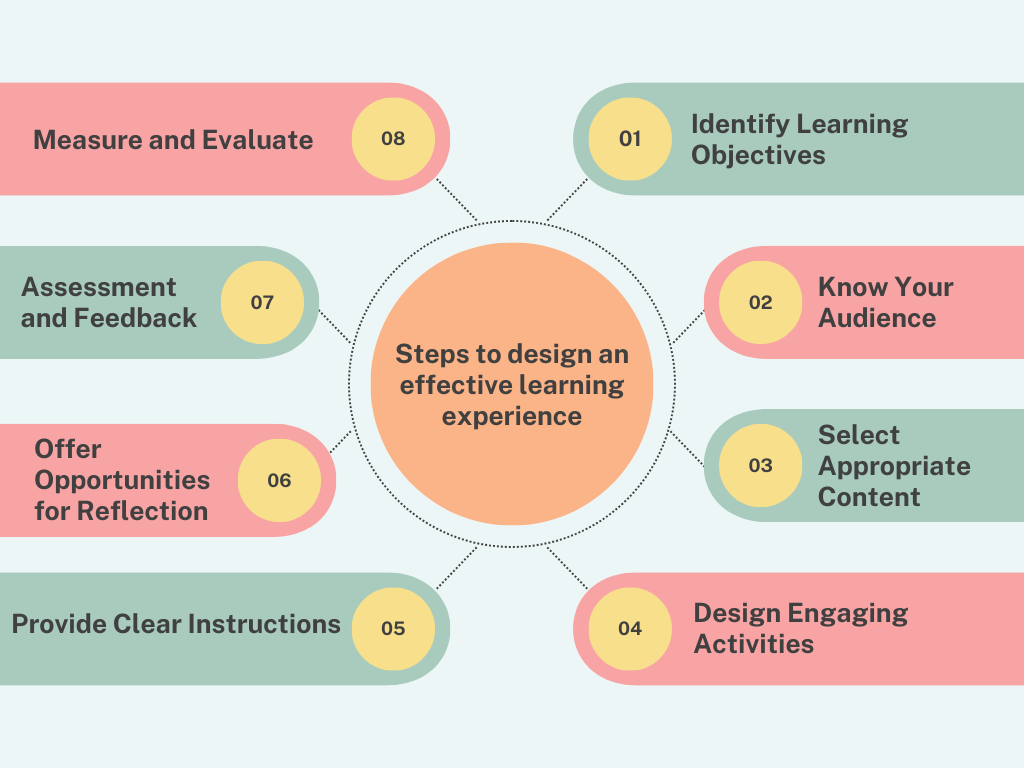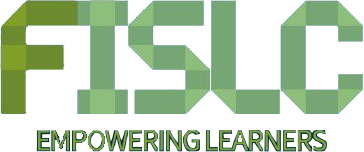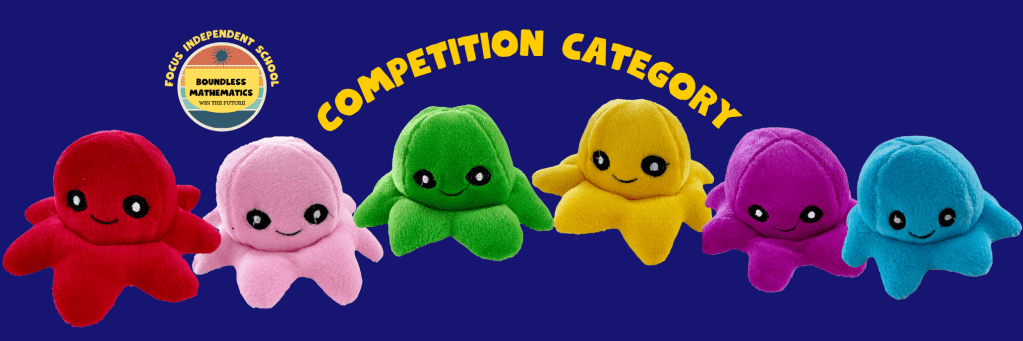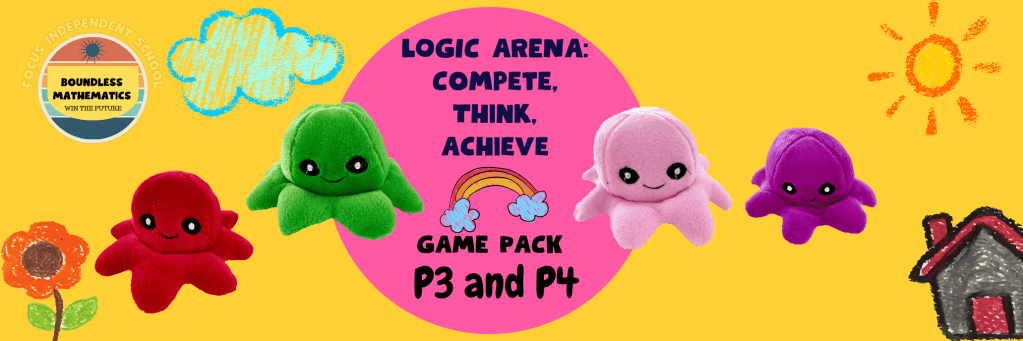What is Learning Experience?
A learning experience refers to any situation or activity in which an individual acquires knowledge, skills, or insights through their interaction with information, people, or their environment. Learning experiences can vary widely in their nature, from formal classroom education to informal, everyday life situations.

Learning experiences are diverse and can encompass a wide range of activities and settings, all aimed at helping individuals acquire new knowledge and skills, broaden their understanding, and grow as individuals.
How to design the learning experience?
Designing a meaningful learning experience requires careful planning and consideration of various factors. Whether you’re teachers, or someone creating a learning opportunity for others.

Here are several steps to design the learning experience:
- Identify Learning Objectives:
- Determine what specific knowledge, skills, or competencies you want learners to acquire by the end of the experience.
- Ensure that your learning objectives are specific, measurable, achievable, relevant, and time-bound (SMART).
- Know Your Audience:
- Understand the characteristics, preferences, and prior knowledge of your learners.
- Adapt your approach to their needs and abilities.
- Consider factors like age, and learning style preferences.
- Select Appropriate Content:
- Choose relevant and engaging content that aligns with your learning objectives.
- Incorporate a variety of content types, such as text, videos, interactive activities, and real-world examples.
- Design Engaging Activities:
- Create interactive and hands-on activities that encourage active participation and problem-solving.
- Provide Clear Instructions:
- Ensure that instructions for activities and assessments are clear, concise, and easy to understand.
- Offer guidance on how to navigate the learning materials and resources.
- Offer Opportunities for Reflection:
- Include moments for learners to reflect on what they’ve learned. This could be through discussions, or self-assessments.
- Encourage critical thinking and application of knowledge.
- Assessment and Feedback:
- Develop formative and summative assessments that align with your learning objectives.
- Provide timely and constructive feedback to help learners track their progress and make improvements.
- Measure and Evaluate:
- After the learning experience, assess whether the learning objectives were met.
- Collect feedback from learners to identify strengths and areas for improvement in the design.
Remember that effective learning experiences are often learner-centered, adaptable, and designed with the learner’s needs and goals in mind. Tailor your approach to the specific context and audience, and be open to making adjustments based on feedback.
How do you engage the students in the learning experience?
Engaging students in the learning experience is essential for fostering motivation, active participation, and deeper understanding.

Engagement varies from student to student, so it’s important to be flexible and responsive to individual needs and preferences. To encourage active participation and a love of learning, it is essential to create a supportive and inclusive learning environment.**





